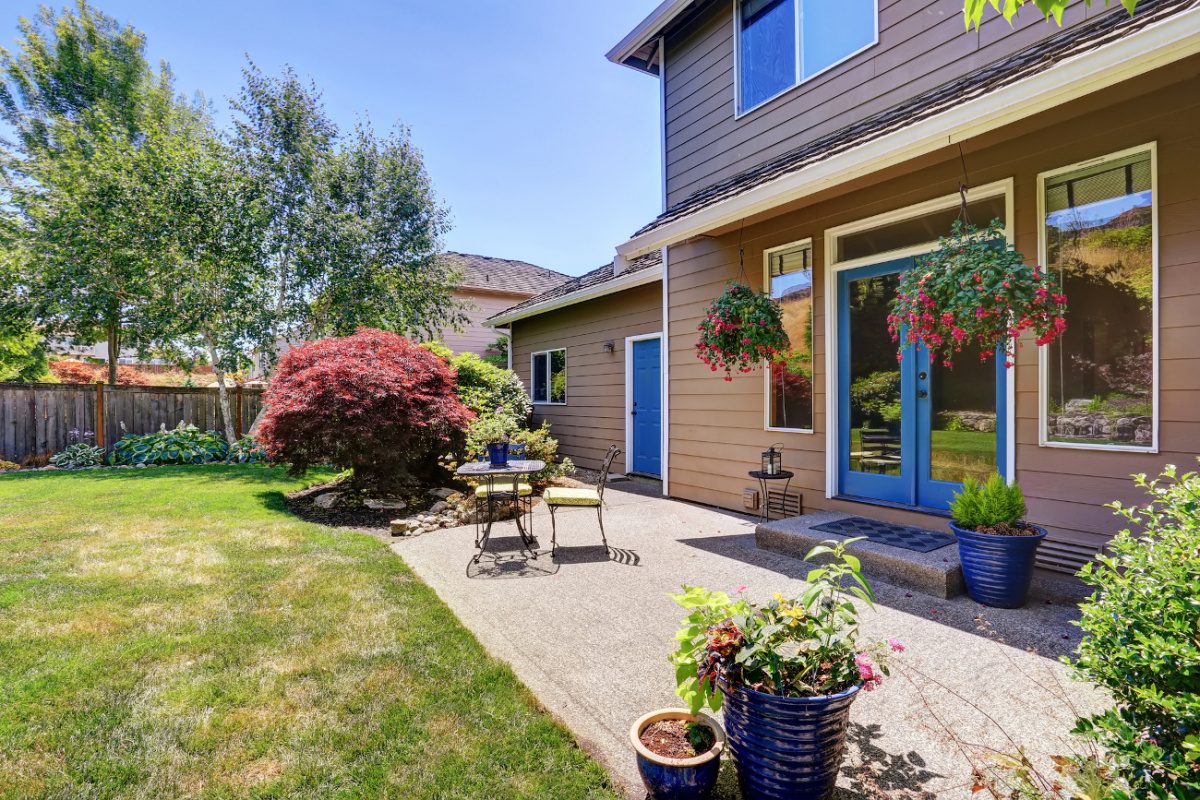The living landscapes of a property(link is external) — grass, trees, shrubs, and flowers — play a critical role in creating a first impression of a home. More time is being spent in the safe space of our backyards, and buyers more than ever understand the value of the yard as a place for children and pets to play. The yard is an extension of the home’s living space and a natural setting in which to de-stress.

1. Spring clean
A good cleanup is the first step. A leaf blower makes quick work of clearing debris from flowerbeds, yards, and mulched areas. Also, fix bare patches in the grass and add a fresh layer of mulch to create a neat-looking outdoor space.
2. Mow the lawn
A carpet of grass is inviting and creates a crisp backdrop for the rest of any living landscape. Proper mowing helps create a beautiful, lower-maintenance, and drought-tolerant lawn. The general rule of thumb is to cut only the top third of the grass blades off at any given time.
3. Trim bushes & trees
Use a trimmer, chainsaw, or pole pruner to cut back any overgrown shrubs, bushes, or trees. Use an edger to form a polished, clean boundary between the lawn and walkways.
4. Keep safety in mind
Review handling and safety procedures for all outdoor power equipment. Follow all guidelines, and get familiar with controls. Lost the manual? Look it up online and save a copy on your computer for easy reference next time.
5. Right plant, right place
Plant colorful flowers in the flowerbeds, along fence lines, and in patio containers, especially near the front door. Selecting native plants (refer to the USDA’s Plant Hardiness Zone Map(link is external)) ensures your landscaping will thrive, and it will also require less water and upkeep.
6. Plant for pollinators & wildlife
Native plants attract local pollinators and wildlife, adding an extra-special touch to showings. Family yards are an important part of the connected ecosystem providing much-needed food and shelter for birds, bees, butterflies, bats, and other creatures. The Audubon Society’s database(link is external) can help determine which birds will be attracted to which plants in your region.
“Copyright National Association of REALTORS®. Reprinted with permission.”
